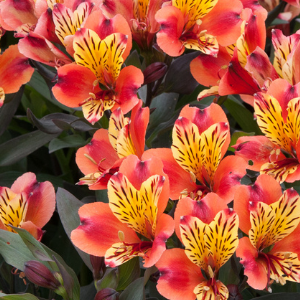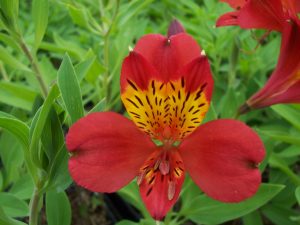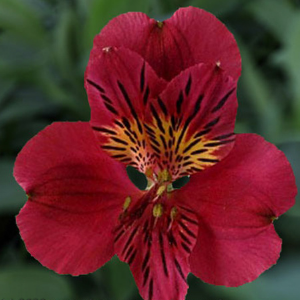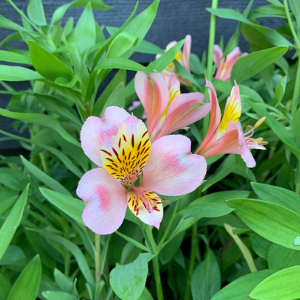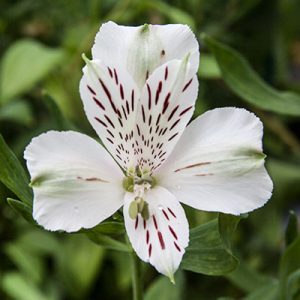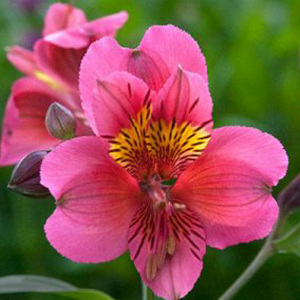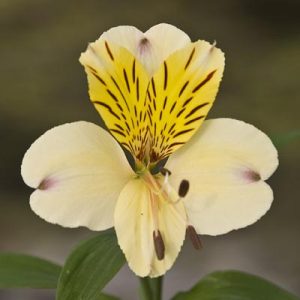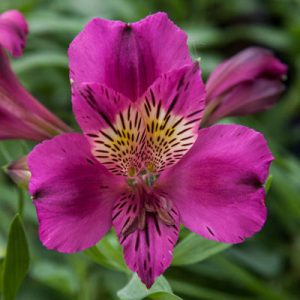Spring is just about springing and we are looking forward to enjoying the joy of Spring soon!
If you have Alstroemeria in your garden right now or perhaps some overwintering snugly in a pot in your greenhouse, all those fresh new shoots are getting ready to jump out the ground as we speak! And once they get going again you can pick, pick, pick away for months and they’ll just keep giving you more and more flowers.
For cut flowers the taller varieties of Alstroemeria go a LONG way. Those with 60cm+ stems have a stately, elegant look that’s just perfect for the vase. If you have some tall varieties in your garden right now such as Alstroemeria 'Friendship', ‘Bauge’ or ‘Lucca’ you can look forward to gathering up some great cut flowers over the next few months.
For Beautiful Cut Flowers
One thing to note is that they won’t be ‘cut’ flowers. Technically speaking, instead of cutting you’ll be doing more picking, plucking or (what feels like) ripping.
You’ll want to get hold of the stem about halfway down and give it a gentle twist followed by a sharp tug which will pull out the stem.
It will feel a bit like you’re hurting your Alstroemeria but never fear! They love it!
This encourages more flowering and makes sure there are no pieces of stem left to rot which can cause fungal disease to build up on the root.
You’ll want to pick them at the point when the buds are not yet open but have colour and looking ready to pop. They will last longer in the vase if picked at this point.
Unlike earlier hybrids, many of the recently bred varieties flower for months, repeat flowering multiple times during the season from March/April to October/November in the UK. Most importantly, the newer cultivars iwll not rampage through your garden. So keep picking, tugging or, indeed, ripping and they’ll keep rooting, growing and shooting up more and more blooms.
By choosing a reliable variety and taking good care of it you can enjoy flowers from the same plant for 20 – 30 years!
Ideally your alstroemeria was planted late last summer for it to be ready for picking this spring. If you planted them around the end of August they will have had the whole of autumn and winter to establish their roots so they can withstand the rigours of the picking action described above.
Putting them in a Vase
- Remove leaves that will be under the water. This will reduce the bacteria formation in the water which will extend the vase life, but leave some leaves above water as they help the plant to draw the water up
- Cut about 2cm off the stems at an angle whilst immersed in water as they will then absorb water immediately. Alternatively you can dip the stems in a hydrating solution after trimming and before putting them in the water which will open the cells and lengthen vase life
- Use flower food in the water and change the water, giving the stems a fresh trim every 2 days
- Position in a cool place away from direct sunlight and drafts
These are a few of our favourite ‘tugged’ flowers (pictured right) blooming from Jun – November, all of which enjoy a sheltered position in part shade or full sun:
Indian Summer
Copper-orange golden yellow with dark, almost black, foliage
Height: 70cm
Etna
Deep red with a yellow throat
Height: 90cm
Evening Song
Burgundy-red with yellow marking and dark streaks
Height: 70cm
Dana
Soft pink with a blush and yellow speckled throat
Height: 70cm
Maze
Pure white
Height: 80cm
Bonanza
Bright pink flowers with flecked, yellow-marked inner petals
Height: 90cm
Friendship
Cream with yellow speckled throat
Height: 60-120cm
Pandora
Lovely deep purple/mauve
Height: 90cm
